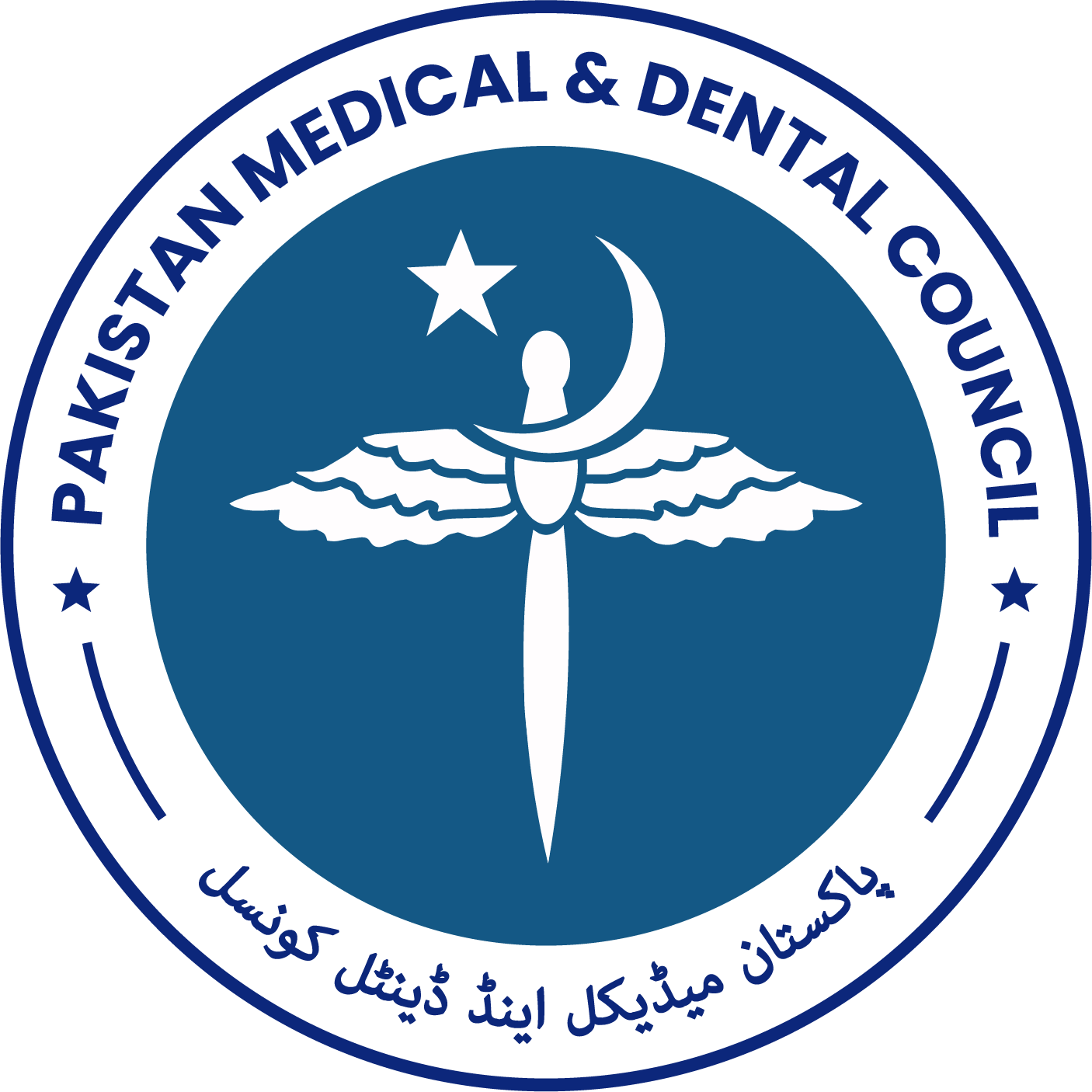Plagiarism
Life and science is a medical journal who intends to advance the state of medical art through publishing the highest quality scientific research. The high quality standard can only be achieved if plagiarism is endured or Plagiarism concept is understood completely by clinicians, investigators, physician-scientists, researchers, policy makers, and public health workers. Generally, In the sciences, ethical writing, scholarly endeavors, a specific manners are demanded when any ideas, conclusions, data, are borrowed from others, should be properly acknowledged. Definitions
Plagiarism, as defined in Concise Oxford Dictionary , “taking and using the thoughts, writing, and invention of another person as one’s own”.
Plagiarism, as defined in HEC Plagiarism Policy "taking and using the thoughts, writings, and inventions of another person as one's own".
Categories of Plagiarism
- Self-Plagiarism: The verbatim or near-verbatim re-use of significant portions of one’s own copyrighted work without citing the original source.
- Plagiarism of ideas: It occurs when someone’ s idea is being appropriated by someone else. The idea may relate to a conclusion, an explanation, a metaphor, a theory, a hypothesis,) in whole or in part, or presented with superficial modifications without crediting its original source. The true source must be acknowledged properly.
- Plagiarism of text: It occurs when someone copy a portion of text or use others' word-for-word (i.e., verbatim) text from another source and did not give appropriate credit to its author.
Universally accepted rule to use others' word-for-word (i.e., verbatim) text is to enclose that information in quotations and to write down specific original source of that text.
Common forms of scientific misconduct
- Data Falsification: Research data is manipulated to give false impression. It may include false selective reporting of research findings, willful suppression and/or distortion of data. and omission of conflicting data. This includes manipulating images such as micrographs, radiological images, gels, removing“inconvenient” results, changing, adding or omitting data points, etc.
- Data fabrication: This is related to making up of research findings.
- Duplicate submission / publication: It occurs when the same study is submitted or publish into two journals.
- Redundant publication: (also indicated as ‘salami publishing’): It occurs when one study is fragmented into several parts and submitted to two or more journals.
Permissible limit. Limit of Plagiarism: As per HEC Guidelines (Annex-I), similarity index <=18%
Implementation: This policy will be implemented immediately after its approval for dealing with acts of plagiarism.
Applicability: The plagiarism policy is applied to all manuscripts submitted in the life and science journal to get publish. Scruitinization of all submitted manuscripts will be performed through Turnitin (software for detecting plagiarism) and originality report of all articles will be generated and analyzed. One week will be spend by the focal person to analyze the article.
- If the similarity index is greater than 19% then the manuscript will be sent back to the author to revise manuscript and make it down to acceptable limit.
- If author fails to submit the manuscript with permissible limit of plagiarism after two revisions then the manuscript will be rejected and stop further processing.
Guilty of the act of Plagiarism: Plagiarism if detected and proved, would be taken as academic dishonesty and considered to be punishable offence. The case would be referred immediately to the author’s institution or other regulatory body and requested an investigation. If Plagiarism is proven then the article will be retracted.
Reference














